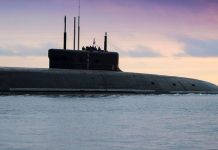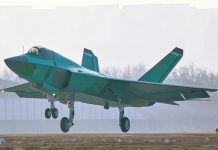Russia claimed, on May 6, that its suicide drones have successfully obliterated two UK-made howitzers, reported TASS.
Alexander Gordeyev, a spokesperson for the battlegroup East, has said that Russian Lancet loitering munitions have effectively eliminated two UK-made howitzers used by Ukrainian forces.
“Lancet loitering munition destroyed an enemy’s UK-made L119 howitzer in the area of Shevchenko,” he said. The report alleged that the munition also destroyed a similar UK-made howitzer and a Buk-M1 anti-aircraft system utilized by Ukraine near Maksimovka.
The effectiveness of the Russian military operation is further emphasized as a high-precision Krasnopol munition successfully neutralized an enemy’s multi-purpose light-armored towing vehicle near the Malye Shcherbaky settlement.
In addition to ground targets, Russia’s air defense systems, including Tor and Strela-10, showcased their exceptional capabilities by shooting down three fixed-wing drones, according to the spokesperson.
The crew operating an Osa-AKM air defense system successfully intercepted and shot down a Furia drone, the spokesperson added.
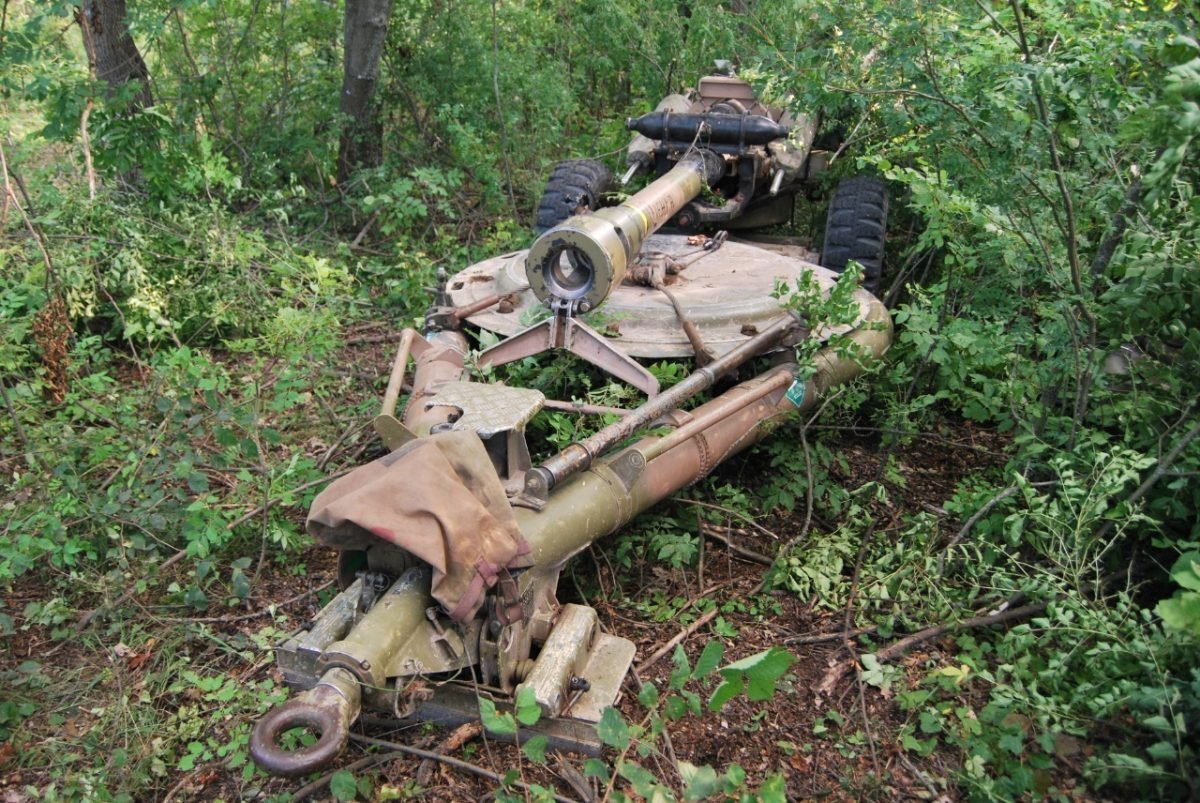
The spokesperson further claimed to reveal a series of successful operations in the Zaporizhzhia area. Among the notable success were the detection and elimination of two trucks along with up to 18 Ukranian personnel near the Zelyonoye Pole settlement.
Meanwhile, Lieutenant General Igor Kirillov, Chief of Russia’s Nuclear, Biological, and Chemical Protection Troops, alleged that the US Department of Energy had been actively recruiting experts who previously dealt with weapons of mass destruction in Ukraine.
During a briefing analyzing documents related to Washington’s military biological activities, Kirillov drew attention to an official statement by John Stephen Binkley, Principal Deputy Director in the Office of Science at the US Department of Energy, on April 4, 2022.
Kirillov emphasized that this statement provided concrete evidence supporting the recruitment of specialists with expertise in weapons of mass destruction by the Energy Department.
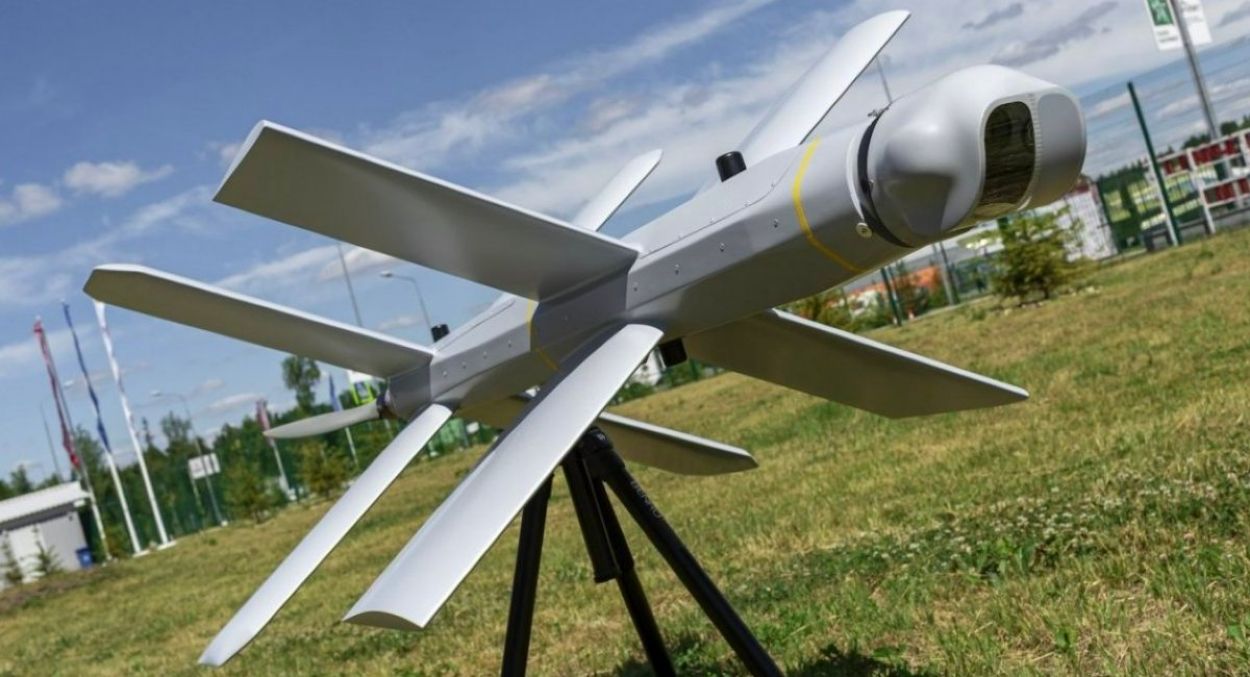
UK-Made L119 Howitzer
In July 2022, UK Secretary of State for Defence, Ben Wallace, announced that the United Kingdom would be supplying over 20 M109 155mm self-propelled howitzers and 36 L119 artillery guns, along with the necessary ammunition, to the Armed Forces of Ukraine.
In August 2022, the Ukrainian Air Assault Forces shared footage showcasing the operational capabilities of the 105mm L119 howitzers.
The video emphasized the weapon’s rapid-fire capability and mobility as significant advantages, highlighting their crucial role in ensuring the weapon’s effectiveness in the dynamic environment of modern warfare.
Valerii Zaluzhnyi, Commander-in-Chief of the Armed Forces of Ukraine, again released a video in April 2023 showcasing the deployment of a UK-manufactured L119 howitzer by Ukrainian Armed Forces to destroy Russian military equipment.
The video demonstrates the strategic significance of the L119 Howitzer in the context of the ongoing conflict, highlighting its effectiveness in neutralizing enemy equipment.
L119 105 mm towed howitzer in Ukrainian service.
? PLZ ReTweet#UkraineWillWin #Russia #UkraineWillWin #Ukraine #SlavaUkrainii pic.twitter.com/TgN2a6ni2i
— BL Media Ukraine ???? (@blukraine) April 27, 2023
The L119 is a British 105mm field howitzer that draws inspiration from the well-established design of the L118 howitzer. However, it features a slightly shorter ordnance and is adapted to utilize US 105mm M1 ammunition, which is standard NATO 105mm artillery ammunition.
The L119 has been exported to multiple countries and has also been licensed-produced in certain nations. The L119 howitzer also called the Hamel Gun in the Australian Army, was introduced into service in 1984.
Australia not only adopted the weapon but also obtained a production license, enabling them to manufacture the L119 for the Australian and New Zealand Armies.
US, Ireland, Thailand, Portugal, and the United States also acquired this weapon system. The L119 Howitzer was officially retired from the British military in 2005. Similarly, Australia has also phased out the frontline use of these artillery systems and currently maintains them in reserve.
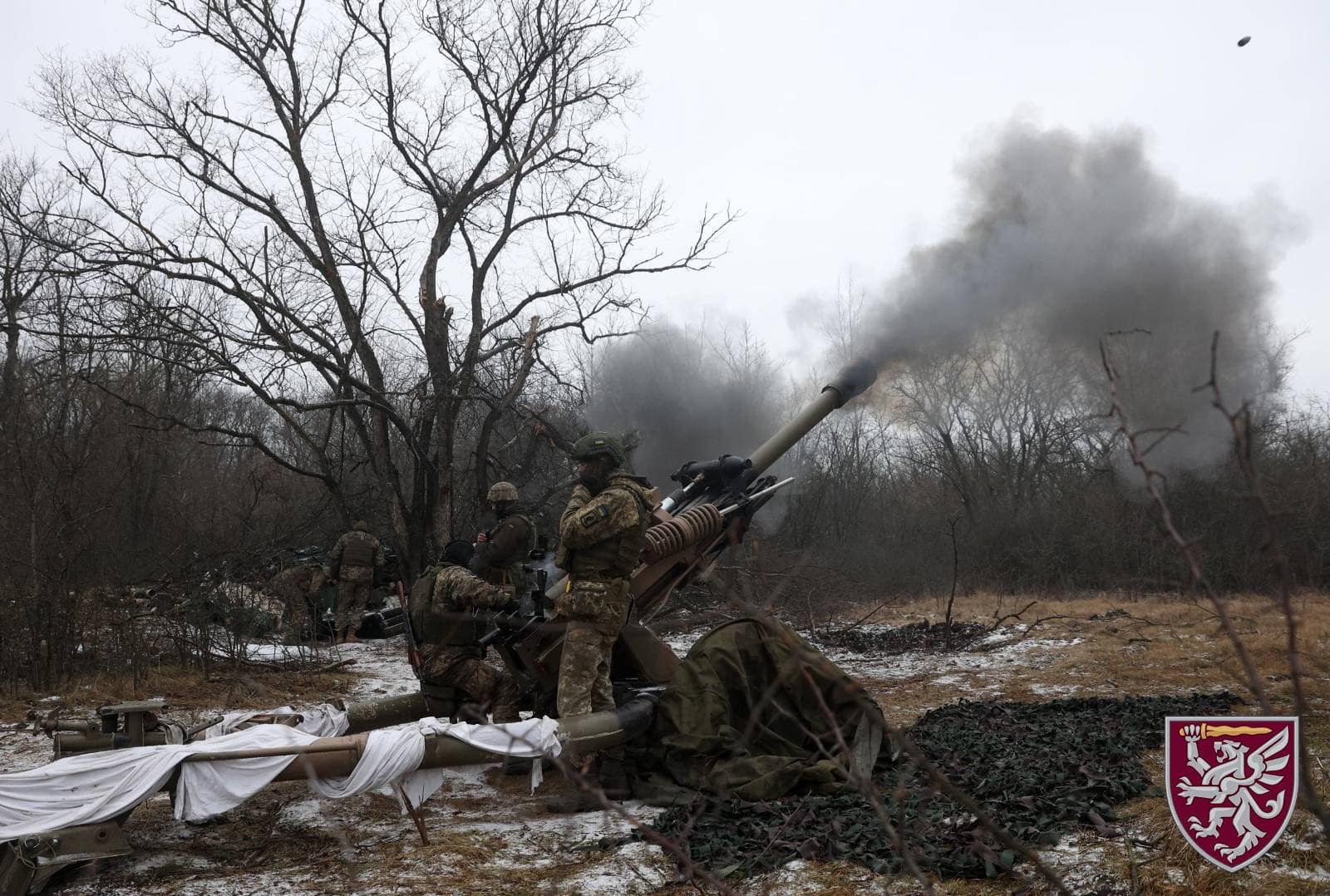
The L119 howitzer has a maximum range of 11.4 km when using a standard HE-FRAG shell. However, reports indicate that rocket-assisted ammunition can extend the maximum range to approximately 17.5 km.
The howitzer features a unique tubular carriage design, which has a limitation in that the carriage legs cannot be spread during emplacement. Nevertheless, the system allows for full 360-degree traversal by a single soldier.
Typically, the L119 howitzer requires a crew of six for operation. However, in emergencies, it can be operated with a reduced crew of four.
Although the L119 may not boast impressive firepower and range by modern standards, it compensates for these limitations with its light weight, mobility, rapid firing rate, and swift redeployment capabilities.
- Contact the author at ashishmichel(at)gmail.com
- Follow EurAsian Times on Google News

